Types of Construction Contracts
There are several different types of construction contracts used for contracting commercial construction services. But the two main types in use today are Lump Sum or Cost-Plus Fee contracts. This is not to be confused with construction delivery methods which include design-bid-build and design-build. I will talk about this in a future article but for now I will explain the difference between the two construction contract types and the reasons why you might choose one over the other.
Lump Sum Contracts
A lump sum contract, also known as a fixed price contract, is the traditional contracting methodology used in construction. Here the owner hires the architect to design the project and then puts the project out to bid with multiple general contractors. With lump sum contracts, the contractor agrees to build the project per the plans and specifications for a fixed price. Lump sum contracts are typically developed by estimating labor, material and equipment costs and then adding a percentage fee that will cover the contractor’s overhead and profit margin.
If the actual costs of labor and materials are higher than the estimate, the profit to the contractor will be reduced. If the actual costs are lower, the contractor keeps the extra profit. All risk and reward are assigned to the contractor who in turn will seek a higher profit to account for unforeseen contingencies. Either way, the cost to the owner is the same. A lump sum contract is only feasible if the scope of the project is clearly defined through a set of detailed plans and specifications.
Typically, in this situation the contractor is not involved with the project during the design phase and therefore provides no guidance on the project budget, feasibility, or schedule. This poses a potential risk to the unsophisticated owner because they will not know how much a project will cost or how long it will take to build until the design phase is already complete.
Costs Plus Contracts
The Cost-Plus contract is an agreement in which the client agrees to pay the complete cost of building a project plus an additional amount for the contractor’s overhead and profit. This contract type is typically used on larger projects where the scope of work is not clearly defined as is the case during the conceptual stage of the project. Here, the contractor’s profit is set at a fixed rate. If actual costs are higher than the initial estimate, the owner pays the additional amount. If actual costs are lower than the estimate, the owner keeps the savings. All risk and reward are assigned to the owner therefore the fee to the Contractor is usually lower.
A more common variation to this contracting methodology is the Cost-Plus Fee with a Guaranteed Maximum Price (GMP) also known as a Construction Manager at Risk. Here the risk reward ratio is balanced between the owner and contractor. Like a Cost Plus contract the owner pays the costs of construction plus the contractor’s fee for overhead and profit. However, there is a cap on the total amount the owner will be required to spend. The contractor determines the total cost of the project either by internal methods or by soliciting subcontractor proposals and then adds a contingency to cover any unforeseen items.
If actual costs go over the GMP the contractor is liable for the extra costs. It is important to note that costs associated with owner driven changes to the scope of work during construction would result in an adjustment to the GMP via a change order. If actual costs are below the GMP the savings are usually shared between the owner and contractor. The shared savings arrangement provides an incentive to the contractor to keep costs down.
There is usually also a pre-construction services component to cost plus contracts. The contractor works alongside the owner and designer to develop the scope of work, provide feedback on construction feasibility, provide cost estimates at various stages of the design process, and develop construction schedules. While there is a small cost for a contractor to provide this service, it can save the owner a significant amount of money in the long run.
Which method should you choose?
Choosing which method to use comes down to two factors; 1.) The stage of the project and 2.) the owner’s familiarity with managing the design and construction process. If the project is in the conceptual stage and the owner is not experienced with managing construction projects the Construction Manager at Risk methodology would be appropriate. If, however, the owner has hired the architect who in turn has worked with the owner to develop a clearly defined scope of work then the lump sum contract would be appropriate.
This is a basic outline of the two primary contract types. If you are unsure which is right for your next project, please contact us at 407-233-1849 for a no obligation consultation.
